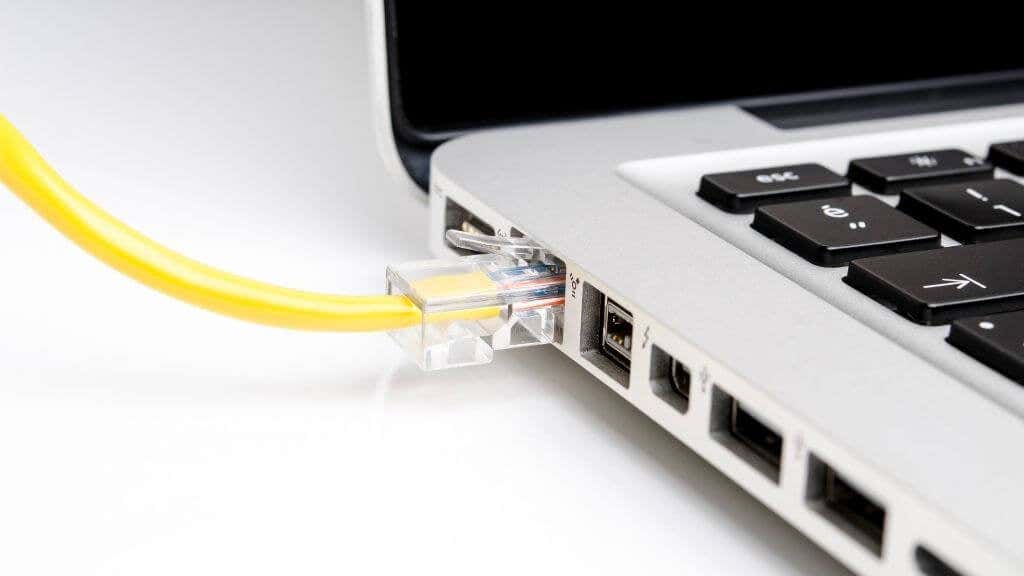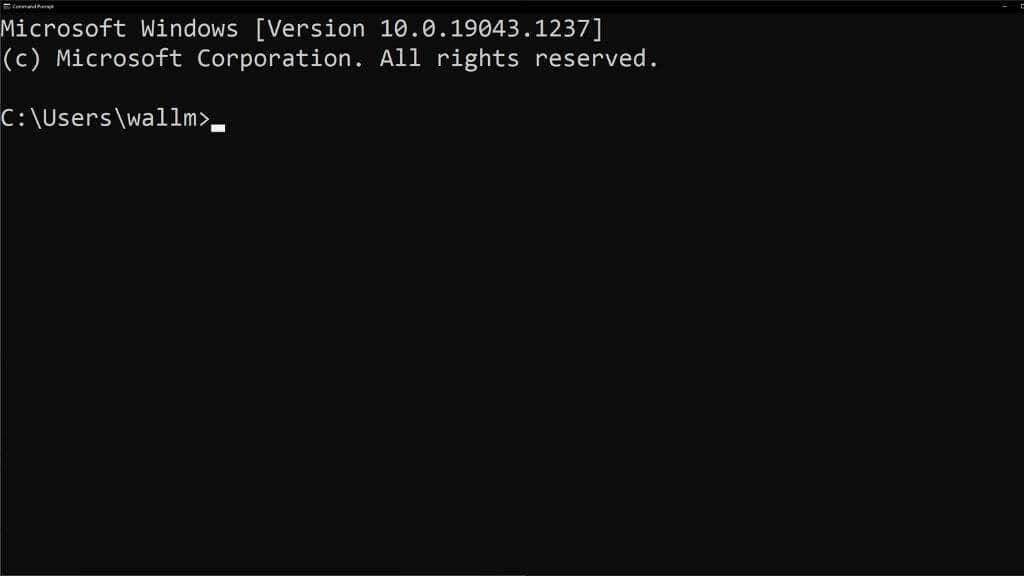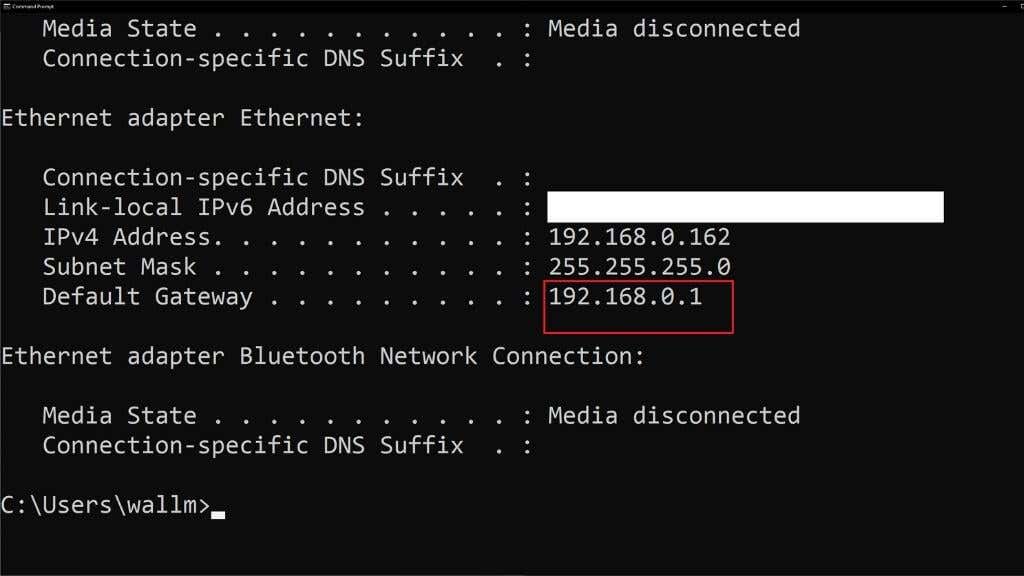The story of this IP address is deeper than you might think, but before we get into that we’ll cover the bare basics of what an IP address is.
IP Addresses: The Quick Version
First, 192.168.0.1 is an example of an IP (internet protocol) address. The internet is a vast computer network that routes trillions and trillions of data bits around. Those packets have to be sent around in an orderly fashion, which requires a strict set of rules. This set of rules (or “protocol”) is known as TCP/IP. That’s short for Transfer Control Protocol/Internet Protocol. TCP/IP breaks down information (such as a JPEG or an email) into small uniform packets. These packets are like postage envelopes. There’s a destination and origin address on each one. Every time the packet passes through a network router, it’s sent on its way, getting closer to its final destination with each hop. The number 192.168.0.1 is an example of that address format. In short, it’s the address of your router on the network. Any packets with that address go to the router directly.
Private vs. Public IP Addresses
Here’s where it gets tricky. The address 192.168.0.1 is one of two addresses assigned to your router. All local devices connected to the router via WiFi or Ethernet see that address, but the router IP address is entirely different on the internet-facing side of the router. These are the private and public IP addresses. The private address is the one you see as a member of the local network, and the public address is the one the entire internet sees. This means that all devices in your home share the same IP address on the internet. This is one of the reasons you don’t want just anyone using your internet connection! After all, your location and identity are tied to your public IP address. Your Internet Service Provider (ISP) assigns the public IP address and usually, you don’t have any control over it. It may change every time your internet connection disconnects or, if you pay for the privilege, you can get a static IP address that never changes.
Network Address Translation
So, if all of your devices are connected to the router but only have one public IP address, how does it know which device on the local network should get which packet? That’s the entire purpose of a router, to make sure that packets are routed to the correct place. When routing packets arrive at their public IP address, the router uses a Network Address Translation (NAT) table to record which local device the packet is meant for. So if a laptop on 192.168.0.2 requested data from a website, that would have been noted in the record and sent to the correct private IP address.
Why 192.168.0.1 in Particular?
That’s all good and well, but why 192.168.0.1 in particular? The exact reason is complicated, but the most crucial explanation is that internet IP addresses are limited. Like a combination lock, there are only a limited number of unique IPs for use on the internet. To ensure that IP addresses are used efficiently, ranges of them are reserved for different uses. There are five classes of IP address range, going from A to E. Only Classes A, B and C have private IP address ranges that are reserved for internal network use, not facing the internet at large. The 192.168.0.1 comes from the private IP range of Class C networks. That’s the class for small local area networks (LANs). The range starts at 192.168.0.0 and goes up to 192.168.255.255. 127.0.0.1 or localhost is also from the reserved IP ranges for Class C networks. However, that address is from the so-called “special IP” range, not the private IP range.
Other Popular Router IP Addresses
You’ve probably used a router that doesn’t use 192.168.0.1, and that’s completely normal! Since these are private IP addresses, it doesn’t matter which private IP range the router manufacturer decides to use. Some alternative addresses are still within the same private IP range. So your router might use (for example) 192.168.1.1. Other alternatives may include 10.0.0.1, which is from the Class B private IP range. Virtually all home routers use either a 192.168.x.x or 10.x.x.x IP address.
Finding Your Router IP Address
If you’ve typed 19.168.0.1 into your browser and didn’t arrive at the router’s login page, how can you figure out which address your router uses? There are several fast and easy ways to find out. First, most routers have a sticker somewhere with the IP address and the default username and password. You can usually also find the same information in the user manual. Speaking of the user manual, if you’ve lost yours, then it’s likely there’s a PDF version of it on the manufacturer’s website. If you’re connected to the router using a Windows computer, you can also easily find it using the Command Prompt: The default gateway IP address is the same as the router’s IP address, so typing that into a web browser’s address bar should get you to the login screen.
Have We Addressed the Problem?
What is 192.168.0.1? Now you should know. It’s easy once you understand the reasoning behind it but can still feel a little too technical for some. Modern routers also offer other ways to access their settings, the most popular being a smartphone app that does all the complicated stuff in the background for you. So be sure to check if your router has a compatible app!




